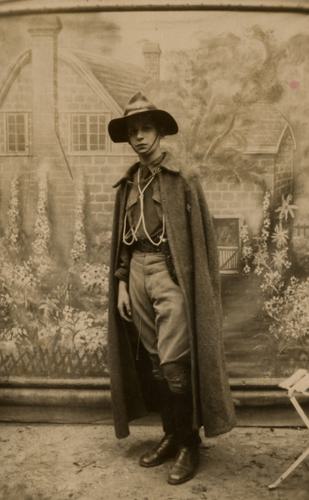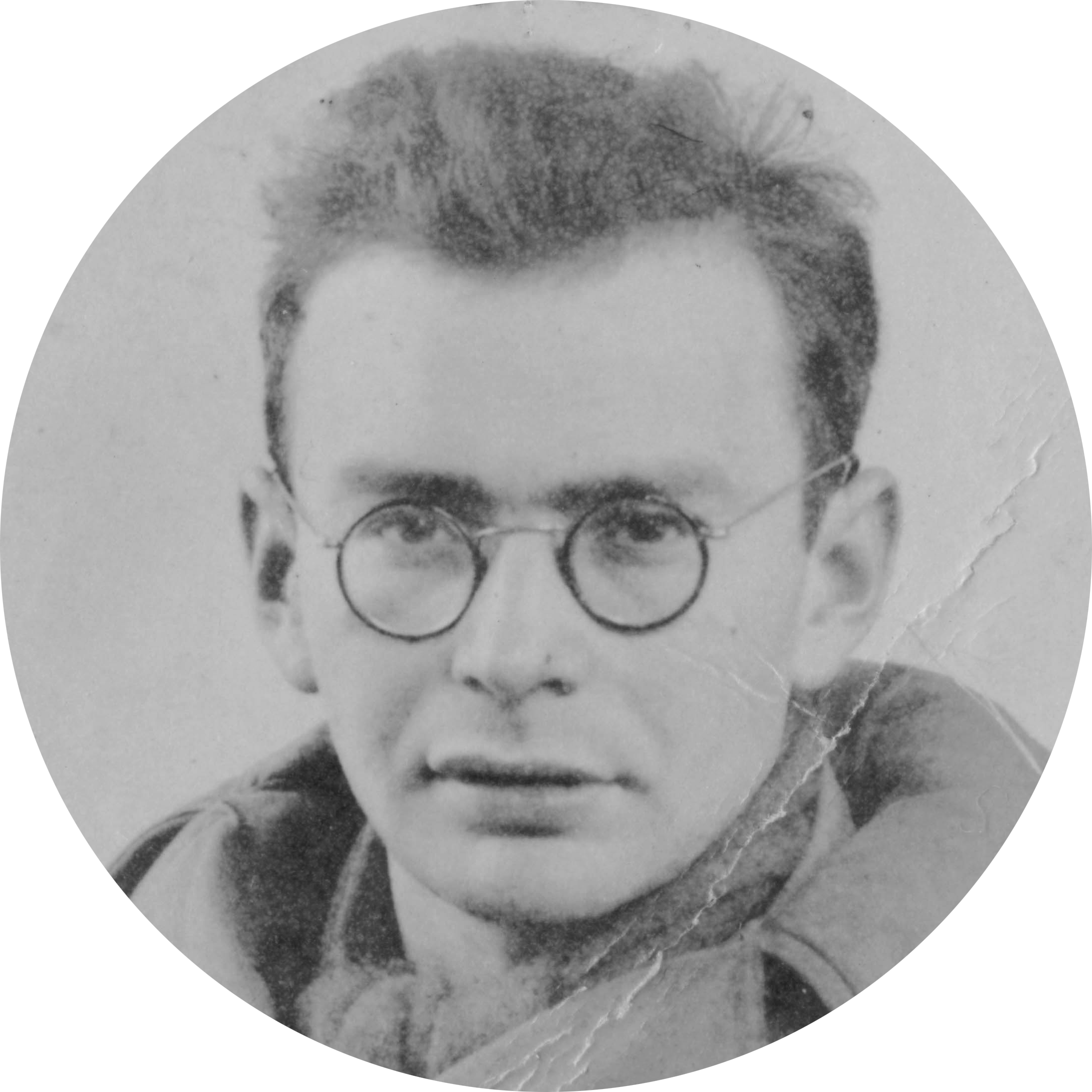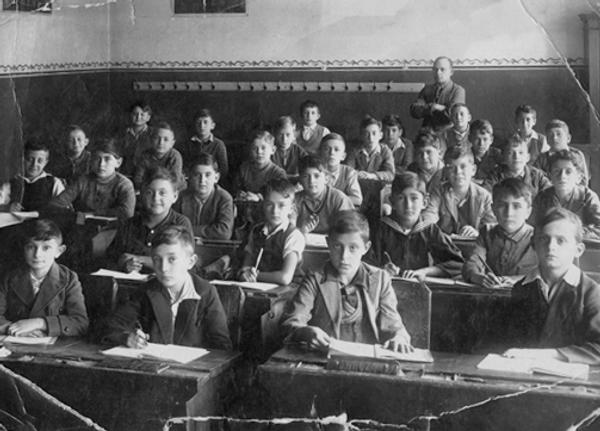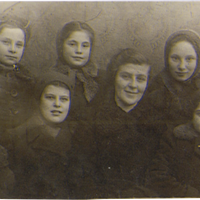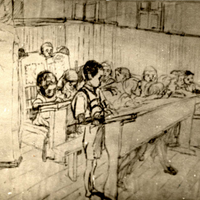Chapter 3
New School Environments
In response to increasing antisemitism and expulsion from public schools, Jewish students looked for ways to continue learning.
Scroll Down

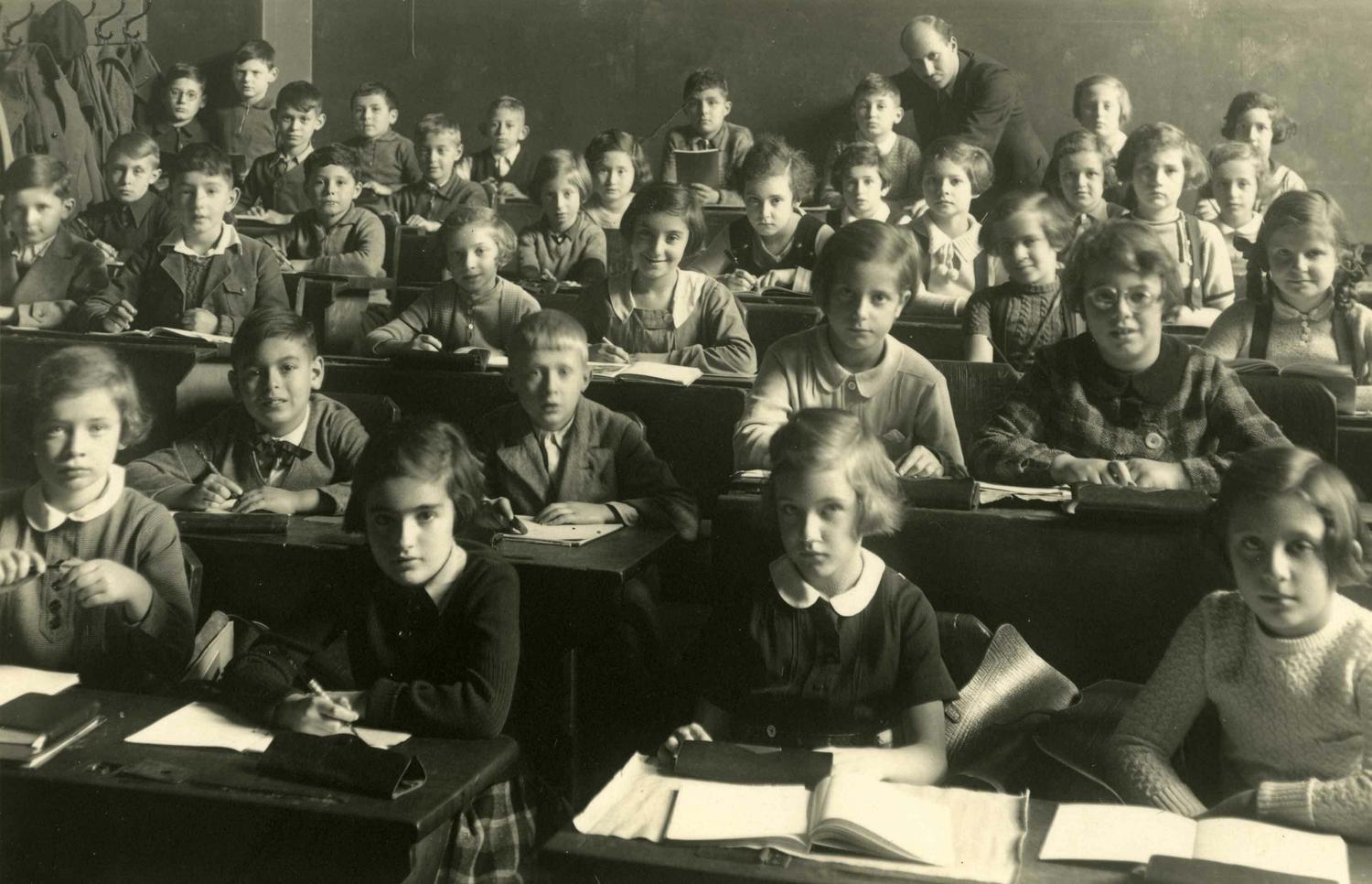
Children sit at their desks in the Carlebach School in Leipzig, Germany, circa 1934–1938. United States Holocaust Memorial Museum, courtesy of Irene Lewitt.
A New Jewish School in Berlin
00:49
Clips of students at the Goldschmidt School, a private Jewish school in Berlin that opened as a response to increasing numbers of Jewish students leaving public schools. Germany, 1937.
United States Holocaust Memorial Museum, gift of Julien Bryan archive.

The Benefits of Jewish School
00:36
A Quality Education in Germany
00:55
A Teacher’s Perspective
“Soon after the German military entered a city, they closed all Jewish schools, so the children were just idle. Since my father and I had been teachers in Lodz, seeing the children wandering around broke our hearts. That gave me an idea: even though it was against the law, I would gather a few children in my place and carry on their interrupted studies with them…
With my aunt’s help, we found students and within a few weeks I was able to organize three classes, totalling sixty children. As the number of students grew, our living quarters became so crowded that we had to rent a room not far from where we were living in order to continue our work.
I loved teaching; it gave me a sense of accomplishment. I was so engrossed in the work that I sometimes forgot we were living in a time of terrible war, a war with unforeseen consequences.”
Getting into Mischief
“Without school, organized activities or community centres, I had a lot of time to run around the streets and get into mischief with other children. Parents had little control over their kids. Most men had been deported or sent to camps, and the absence of fathers contributed further to our unruly behaviour...”
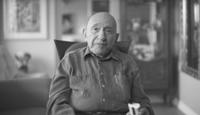
Preparing for Difficult Times
00:58
map
Nazi Germany Gains Control of Europe
Click on “Learn more” to explore a map showing the spread of Nazi Germany’s control throughout Europe, and hover over the pins to read the memories of those who witnessed it.


